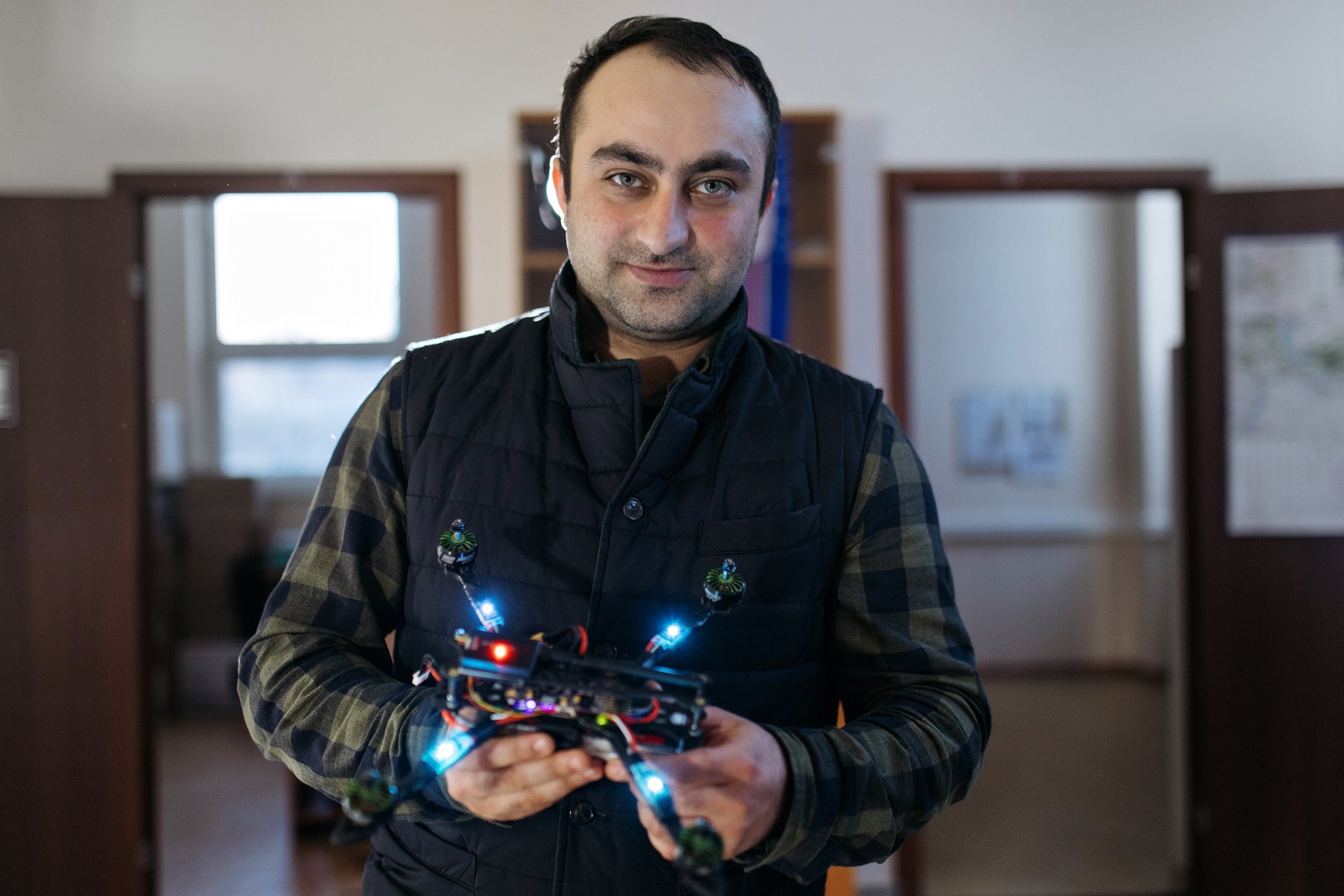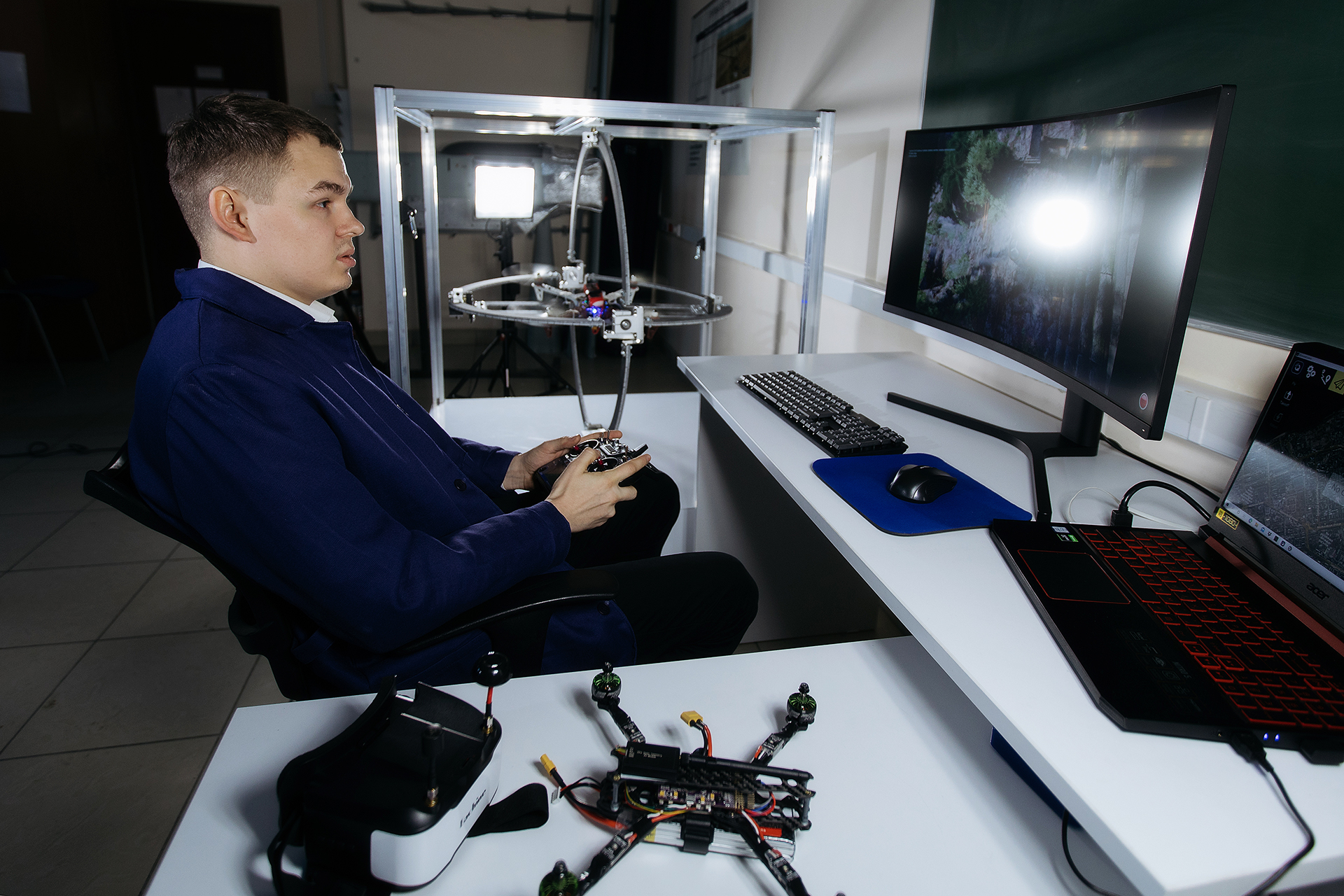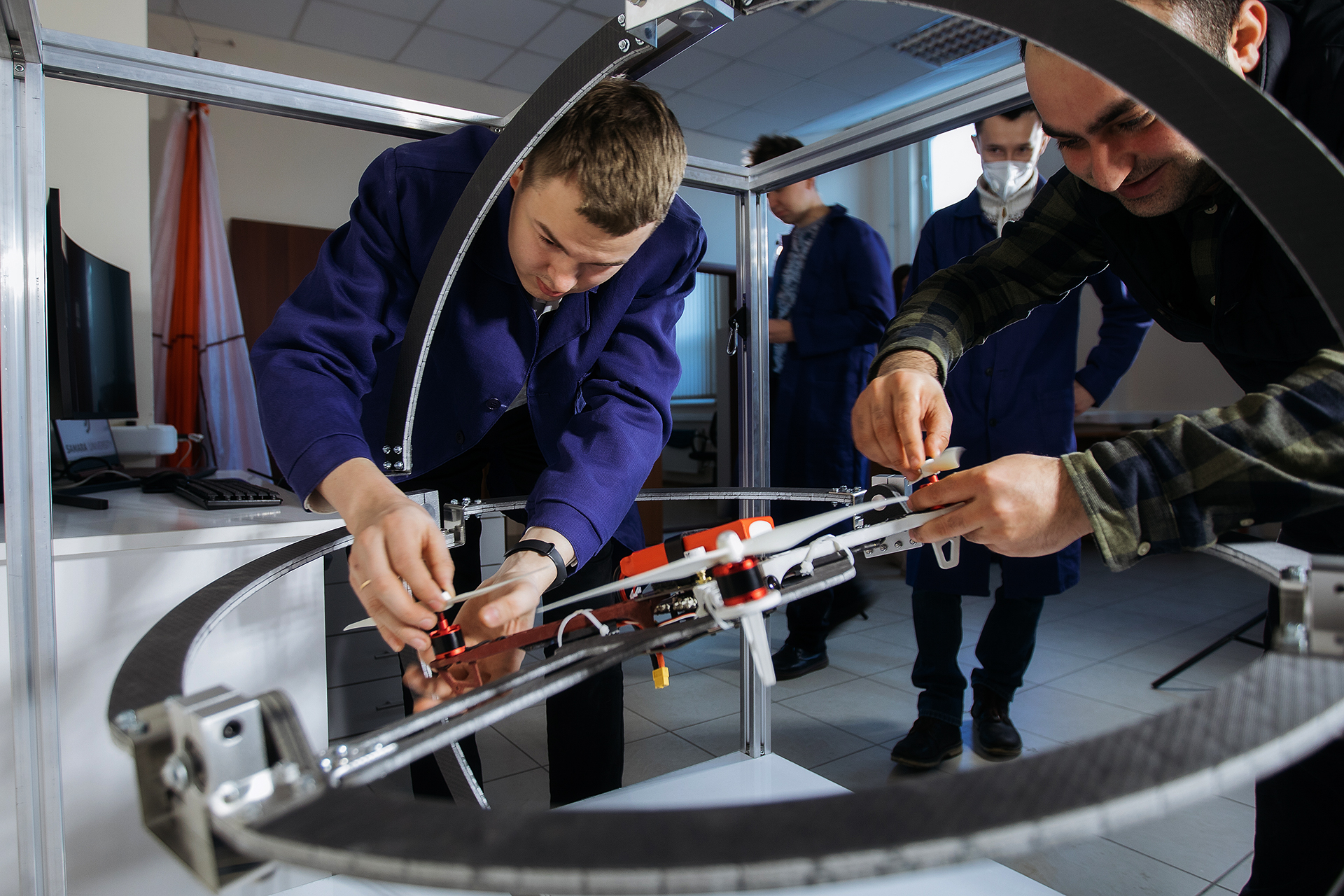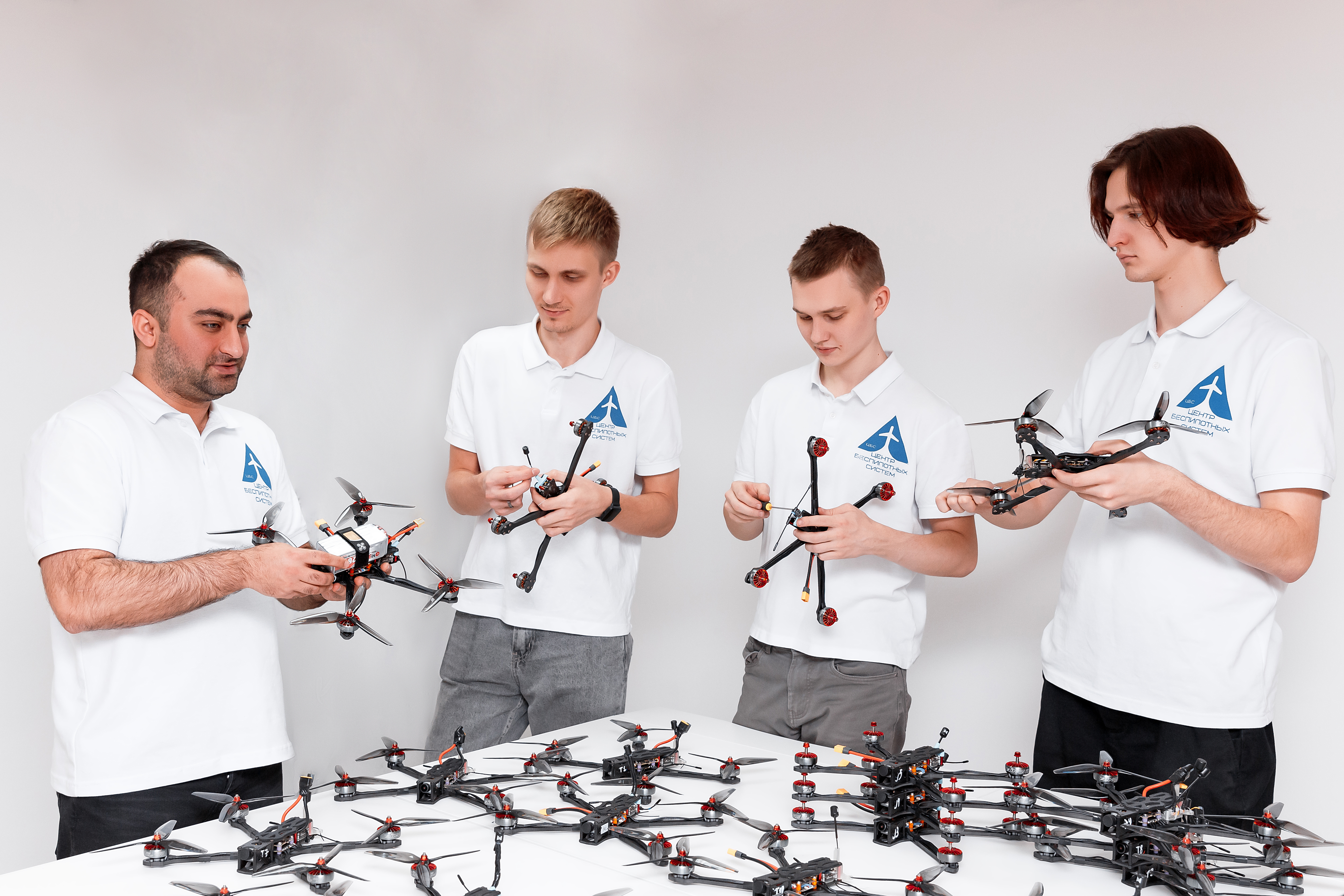Samara University was among the winners of educational organizations (providers) in Russia, which will have to train personnel in the field of unmanned aircraft systems. The training program is implemented within as part of the federal project "Personnel for unmanned aircraft systems" of the national project “Unmanned Aircraft Systems."
According to the federal project, at least 5,000 people will be able to complete specialized training in 2024, and 65,000 people will complete their studies by 2030. Applications for training are already being accepted by the program operator — University 2035.
In general, more than 30 educational organizations of the country will have to train personnel in 2024 as part of the construction of flexible educational trajectories of the federal project "Personnel for unmanned aircraft systems."
The project website presents 134 courses from leading universities and educational organizations, these are: MAI, MIPT, Plekhanov Russian University of Economics, V.G. Shukhov BSTU, Bauman Moscow State Technical University, Samara University, Innopolis University, Russian Drone Racing Federation, Financial University under the Government of the Russian Federation, Tomsk State University and others.
Samara University has all the key modern competencies in unmanned aviation. The University operates the Center for Unmanned Systems (CUS), a research and production unit within the Institute of Aviation and Space-Rocket Engineering.
As part of this project, the University has won the right to implement 26 educational programs in the regions of the country, which are based on two basic areas — design and construction of unmanned aircraft systems and management of unmanned aircraft systems with a maximum take-off weight of 30 kilograms or less.
Currently, unmanned aircraft are used in many fields of activity — in agriculture, industrial safety, cargo transportation, environmental monitoring, photo and video filming, and geodetic works. And with a fairly high demand for services related to the operation of unmanned aerial vehicles (UAVs), there is a lack of qualified personnel capable of ensuring safe and professional operation of UAVs. The demand for training in this field is growing every year. According to the analytical report of the Aeronext Association, in 2023 the number of companies specializing in the provision of services for the performance of work using unmanned aircraft systems has increased. In addition, the fields of application of these technologies are expanding in connection with the development of the domestic component base for unmanned aircraft.
So, as part of the major "Design and construction of unmanned aircraft systems" of FVE of Samara University, students will be able to carry out calculations of flight performance, aerodynamic characteristics, develop new components, mechanisms, and the layout of UAVs. They will also gain skills in creating design documentation, will be able to prepare and submit prototypes of developed products for testing, develop methodological and regulatory documents accompanying the operation of UAVs, and, of course, modernize the nodes, mechanisms, and layout of existing UAVs.
As part of the major "Management of unmanned aircraft systems with a maximum take-off weight of 30 kilograms or less," students will be able to master competencies in the field of flight and basic technical operation of a multirotor type UAV (this is a quadcopter, hexacopter, VTOL) weighing 30 kg or less of varying degrees of control automation. The acquired skills and competencies are in demand in the field of development and modernization of UAVs for various purposes used for monitoring artificial and natural objects, environmental monitoring, and cargo delivery.
Upon completion of the training, students are given a qualification document — a certificate of profession with the qualification "Operator of unmanned aircraft systems."
Anyone who has already turned 18 years old, but who has not yet reached retirement age, can apply for training. 90% of the cost of the course chosen by students is provided by state support funds. The remainder is paid by the student or at the expense of the employer. Within the calendar year, you can receive co-financing only for one selected flexible educational trajectory.
For reference:
To study in one of the programs in the field of unmanned aircraft systems, you need to:
· Fill out the participant's questionnaire on the project's website and wait for its consideration;
· Pass the entrance diagnostics (online);
· Choose a flexible educational trajectory;
· Take an introductory course;
· Complete theoretical and practical training.
After successful completion of a further vocational program, depending on the chosen trajectory, the student is given a diploma of professional retraining, a certificate of advanced training or a certificate of obtaining a profession or position of an employee.
 RU
RU  EN
EN  CN
CN  ES
ES 



